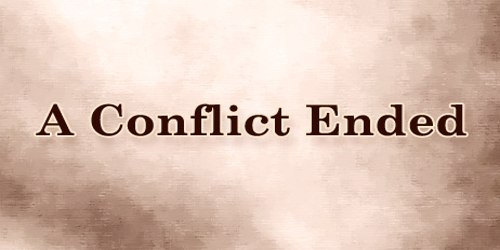The New Year’s Winds (A Hawaiian Legend)
Long ago, in the waters of Hawaii, Puna the Sea Monster wreaked terror on the people of the islands. Puna sent his children into the seas. “Do not allow the people to travel my waters,” he commanded, and so it was that sailors, one by one, were lost at sea.
Paua, the giant clam, lay in wait, and those who managed to escape her snapping shell would encounter Eke, the octopus, strong as the sea; she tangled her arms around the canoes that tried to pass and strangled the sailors in them. Those who managed to escape Eke’s grasp would face Mamoa, the savage great shark. For many years no one could travel the waters surrounding the islands.
At last Laka, Chief of the Islands, set out with nine brave sailors, among them the magician and singer known as Nanoa. The men sailed the waters, and with their strength, their wisdom and their magic, they destroyed each of Puna’s children.
Alas, Demon Puna still lived, and the sailors knew that he would soon send more monsters into the world. They had no choice but to sail south until they found the monster and his island. “We must destroy Puna,” Laka said.
Traveling in their swift two-hulled canoe, they sailed farther and farther south. They sailed for days until at last, they saw Puna’s island rising out of the sea. They felt fear at the sight of the barren, icy wonder.
Now Laka was wise, and he knew Puna was strong and fierce, but he also knew the strength of the winds. When the warm winds blew from the islands, Puna grew, and his strength increased a thousand times. But when the winds came from the faraway south, with howling screams and piercing bites, Puna grew as weak as any mortal man.
“The cold wind beckons the new year,” Laka told his men, “and it will bring us good fortune. Sail on.”
The men neared the island, and as they did, the wind stopped altogether. They sat quietly. Just as the wind held its breath, so they held theirs.
“What shall we do?” they asked their chief.
“Push on,” Laka called. “To shore.”
The men trusted their chief, and so they paddled to shore, beached the canoe and reached for their spears. They shuddered at the sight of the icy cliffs before them and tightly clutched their spears. “Where is the monster, for we are ready to do battle with him,” they cried.
Soon Puna rose before them, a monstrous creature from the deepest sea, with eyes dark as night. Like his children he was huge, his skin thick as the octopus’s hide, his teeth sharp as the shark’s.
“Mortal men are not permitted on this island!” he roared, his voice nearly shattering their eardrums. “Who dares come to Puna’s island?”
Laka stepped forward. “I am Laka, Chief of the Islands, and we have come to save our people from your destruction.”
Puna shook with laughter. “Oh ho, so you wish to fight me,” he howled. “Very well, we shall fight like ordinary men.”
He lunged at Laka, and they fought, hand to hand. Laka was not as strong as the monster and had no scales, no spear-like teeth, but the passion for his people fueled his strength, and so for a while, the two seemed evenly matched.
“Come winds,” Puna cried at last. A moment later the warm winds from the islands swept down across the water and onto Puna’s island. With their touch, the ice began to melt, and Puna’s strength grew a thousand times. The men looked on in horror.
But then Nanoa the magician cried out, “Puna, you have called the wind and so shall I.” He began to sing in the most haunting voice any of the men had ever heard. He sang to the cold winds until the warm winds fled in terror, chased away by the chill that froze everything in its path.
At the touch of the cold winds, Puna shrank, his strength ebbing. Laka threw him to the rocks below, and at that moment, a new year and a new age dawned. The people of the islands lived free of Puna’s danger.
















